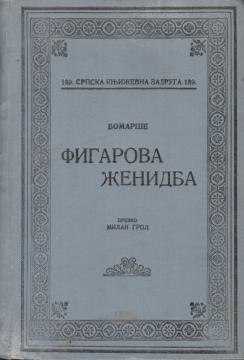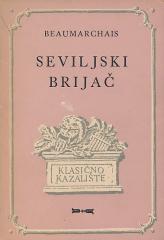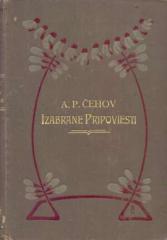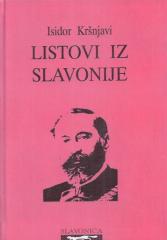
Figarova ženidba ili Ludi dan: Komedija u pet ćinova
The comedy "The Marriage of Figaro, or The Mad Day" (1784) is a sequel to The Barber of Seville. The Marriage of Figaro criticizes social injustices through love affairs and intrigue, celebrating Figaro and Susanna's ingenuity in the fight against aristoc
Set in Spain, the play follows Figaro, a servant of Count Almaviva, who plans to marry Susanna, the count's maid. The plot unfolds over the course of a "crazy day" filled with intrigue, misunderstandings, and social criticism.
Count Almaviva, tired of his marriage to Countess Rosina, tries to seduce Susanna, using his feudal right. Figaro and Susanna, with the help of the countess, devise plans to outwit the count. Other characters also participate in the plot: the adolescent Cherubin, in love with the countess, and Marcellina, who tries to force Figaro into marriage because of an old debt. Through disguises, hiding, and revealing, the comedy reaches its climax in a night scene in the garden, where the characters' true intentions are revealed.
Beaumarchais skillfully combines humor, satire, and criticism of the aristocracy, heralding the spirit of the French Revolution. The play mocks class differences, hypocrisy, and male dominance, celebrating the intelligence and ingenuity of the lower classes. Figaro's monologues, especially about injustice, carry a strong political message. The musical rhythm of the dialogue and the fast-paced action make the comedy dynamic.
One copy is available





